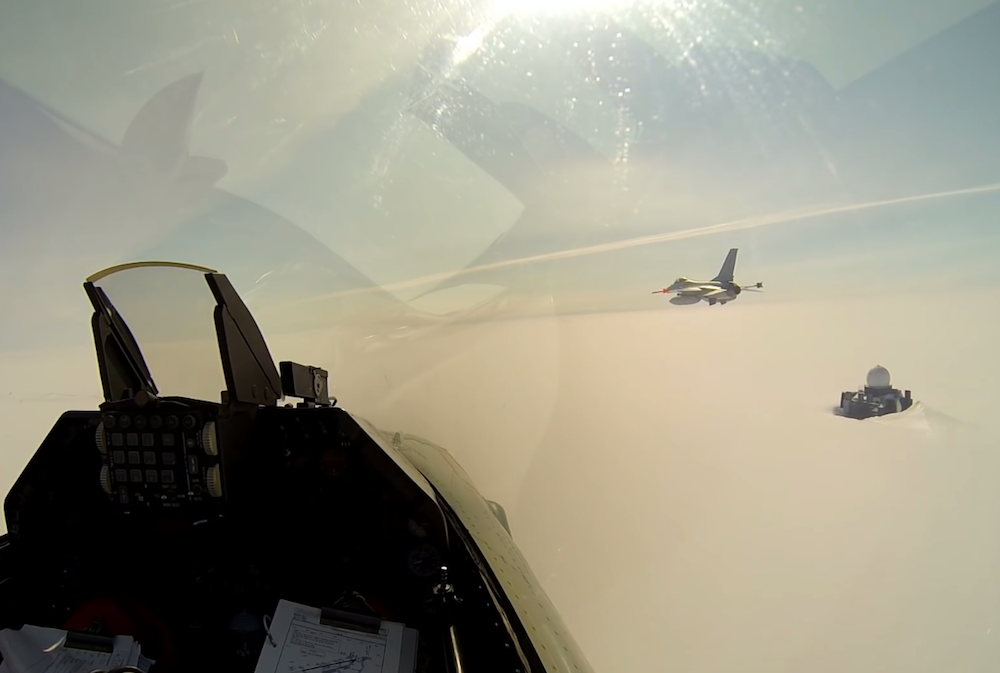Keeping eye on Russian build-up, Danes ready to send fighter jets to Greenland
Copenhagen still views the Arctic as a low-tension region, but it is prepared to take “precautionary measures”

Denmark is ready to station fighter jets in Greenland if it feels threatened by Russia’s expanding military presence along its northern coast, the defense minister, Claus Hjort Frederiksen, has said.
Greenland is currently not within range of Russian fighter jets, but Copenhagen is concerned that Moscow’s continued base construction in the North and an expansion of air-refueling capability could put it in reach.
Speaking with Berlingske, a news outlet, Frederiksen said Copenhagen would continue to view the Arctic as a low-tension area, and that it believed Russia’s build-up was “in its interest” in the face of declining sea ice. But should Moscow display an offensive capability to probe the airspace over Greenland, Copenhagen would begin to take a defensive posture, according to Frederiksen.
“We can’t tolerate violations of our airspace,” he said. “We need to defend our sovereignty in the same way as we do over Denmark in the Baltic Sea when we experience Russian violations there. We need to act in precisely the same way in Greenland.”
[More military activity may spoil the Arctic’s atmosphere of collaboration, warns a Danish report]
Since 2013, Danish fighter jets have turned back 184 Russian challenges to its air space in the Baltic and North seas. Currently, the Danish air force maintains 30 operational F-16s. By 2026, they will be replaced by 27 F-35s, a jet that some pilots and experts worry is not suited for Arctic operations.
Danish fighters occasionally fly missions over Greenland, but setting up a capacity to intercept challenges to Greenlandic airspace would require the establishment of ground-control operations and airspace monitoring.
In recent years, Copenhagen’s primary security concern in Greenland has been undue Chinese influence. While Chinese ownership and investment in its nascent mining industry have been permitted, Danish officials have twice stepped in to prevent Chinese ownership of infrastructure.
Successive annual intelligence assessments have addressed Russia’s potential to be an adversary in the North, but conclude that any threat remains theoretical and is outweighed by ongoing collaboration among all eight Arctic states.
[In face of uncertainty about Russia, a Nordic gang of four emerges]
In the most recent assessment, published in December, intelligence officials suggested that Russian upgrades to its military in the North were being spurred, in part, by the West’s renewed focus on Arctic operations.
Frederiksen, though, said it was the West that was keeping its eye on Moscow’s actions, and, if necessary, would react.
“We haven’t had any problems so far because the Arctic has been a low-tension area,” he said. “But something is happening. Russia is expanding its military presence and if things turn offensive we’re going to need to take precautionary measures.”